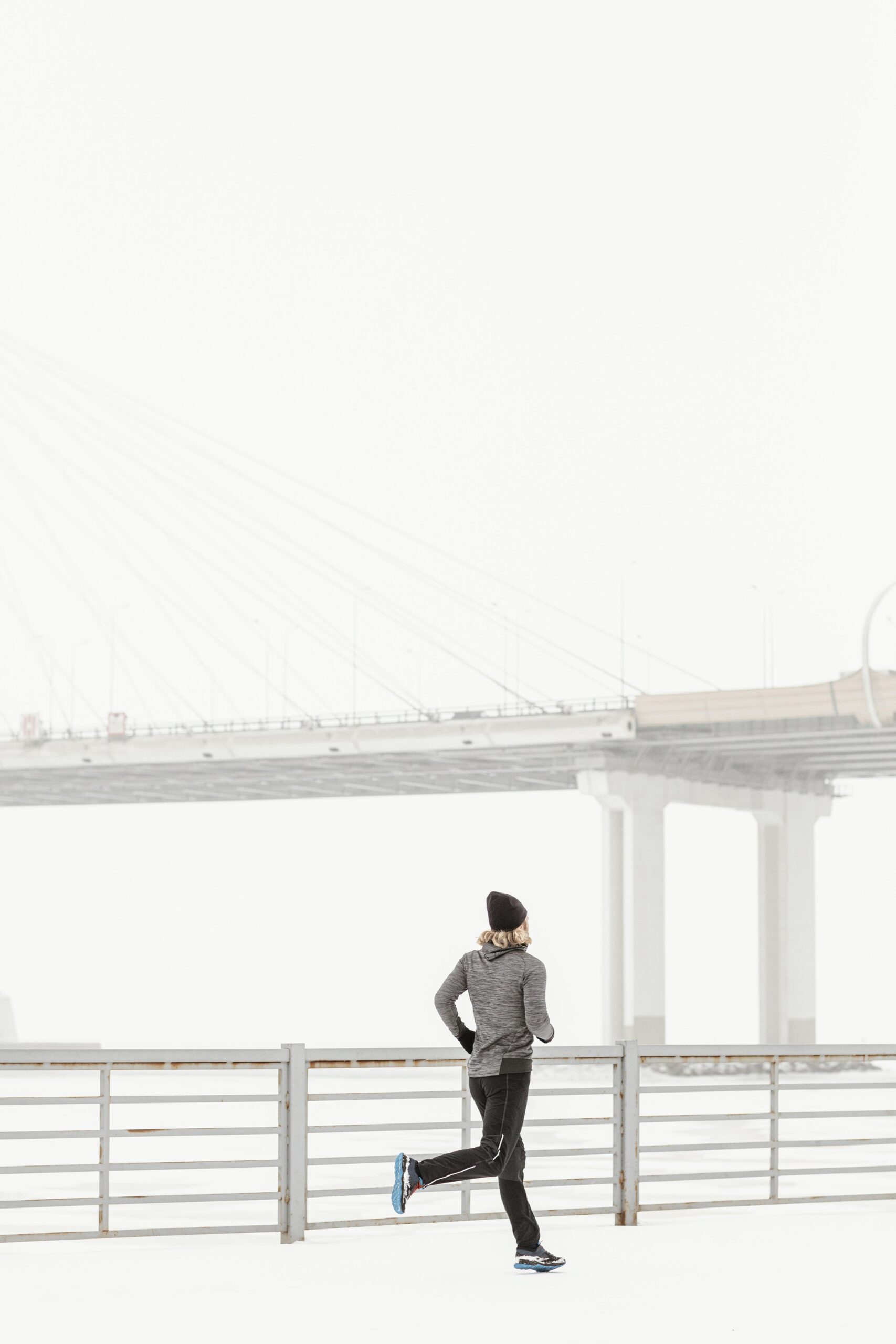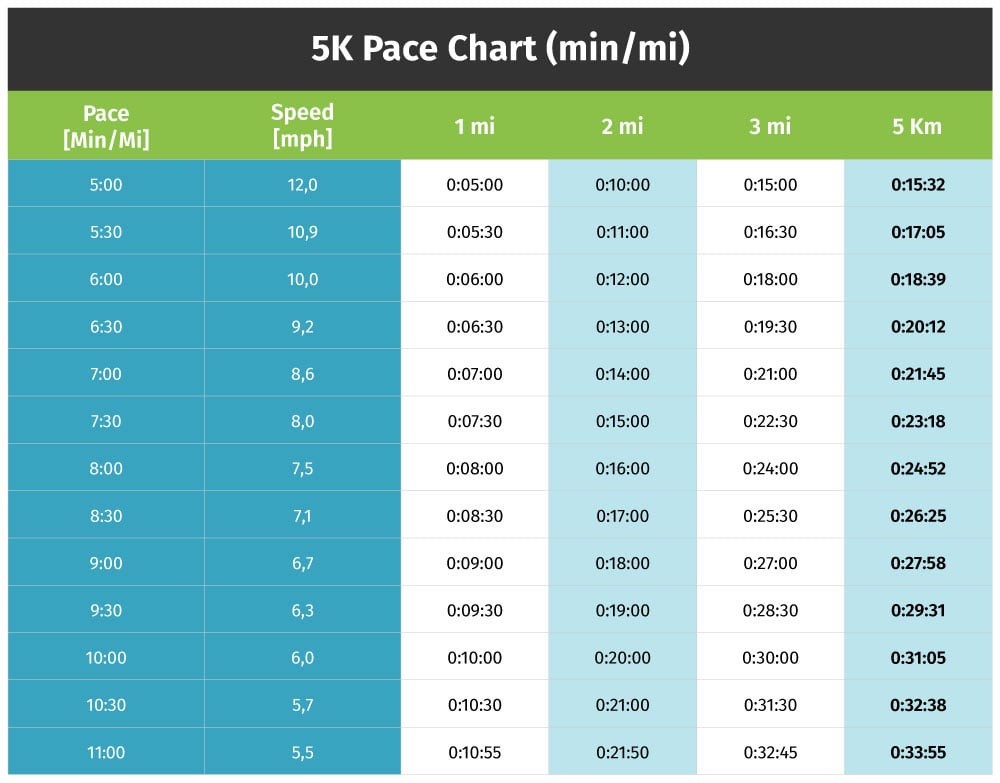One question I get a lot from new runners is, ‘How many miles should I aim for each week?
It’s a good question, but there’s no one-size-fits-all answer.
How much you should run each week really depends on your fitness level, any past injuries, and what you want to achieve with running.
I know it’s a lot to consider but don’t worry—I’ve got you covered.
Let’s break down how to approach your weekly mileage based on your experience level and running goals.
If You’re Just Starting Out or Training for a 5K
If you’re new to running or getting ready for your first 5K, it’s important to start slow
A good starting point is 5 to 8 miles a week, spread across three runs. As you get stronger and build stamina, you can gradually work up to 10 miles per week.
When I started running, I was told to keep my weekly mileage between 10 to 15 miles, spread across four days. I began with short 3-mile runs, focusing on consistency rather than speed.
You should also increase your mileage gently—no more than 10% per week—to avoid injury. Trust me, you don’t want to deal with an injury early on!
If that sounds like a lot, don’t stress about it. You can begin with a walk/run method, alternating between jogging and walking.
Just two minutes of jogging and one minute of walking for 30 minutes is a great way to start. This approach eases you into running without overdoing it.
Returning to Running After a Break
If you’ve been away from running for a while but are in decent shape from other activities, you can be a little more aggressive with your mileage.
I suggest starting with 3 to 4 miles per session at a comfortable pace.
After I took a year off due to injury, getting back into running was humbling.
I remember when a five-mile run felt easy, but even two miles left me winded after the break.
The trick was not comparing my current fitness to my peak. Instead, I focused on how good it felt to be back out there, building back up at my own pace.
Training for a 10K
If you’ve completed a 5K and are ready to push further, a 10K (6.2 miles) could be your next goal. Try aiming for 10 to 12 miles per week, with one longer run around 5 miles.
Most beginner 10K training plans suggest running 15 miles per week, divided into at least three runs.
If you’re new to running, consider following a Couch to 10K plan, which will gradually build you up to the distance.
Before my first 10K, I was nervous about pushing my mileage. After a few longer runs, my confidence really started to grow. Hitting the five-mile mark was a major milestone that showed me I could go farther.

Preparing for a Half Marathon
Preparing for a half marathon takes a steady increase in mileage over a few months. Stick to the 10% rule—don’t increase your weekly mileage by over 10%. Aim for 20 to 25 miles per week for a half marathon, with a long run making up about 20-30% of that total.
The long run should be slow and steady, focusing more on time spent running rather than speed. This helps prepare your body for race day without overloading it.
Training for a Marathon
Training for a marathon is a different ball game. For this, you’re looking at 25 to 30 miles per week, gradually increasing your weekly long runs. Make sure to spread your tough runs out over the week to avoid injuries..
I’ll never forget training for my first marathon. The first few weeks were manageable, but I started to feel the grind when my weekly mileage hit the 30-mile mark. One Saturday, I had to tackle an 18-mile long run, and it nearly broke me.
But finishing it gave me a massive sense of accomplishment. Trust me; tapering before the marathon was crucial—it helped my body recover and peak on race day.
Frequently Asked Questions (FAQ)
I know you have more than a few questions regarding average mileage for beginners. Let me try to answer some of the most common ones.
How many miles should I run in my first week?
For most beginners, starting with 6-8 miles in the first week, split over 2-3 runs, is a good benchmark. This manageable distance lets you build a routine without overloading your body. Adjust based on how you feel—if you’re finding it too easy or challenging, you can fine-tune your weekly mileage until it feels right.
How can I safely increase my weekly mileage?
The safest approach is to increase your weekly mileage by no more than 10% each week. This gradual increase helps your body adapt and reduces the risk of injury. So if you run 8 miles in the first week, aim for around 9 miles in the second week, adding just a little extra distance to one of your runs. Slow and steady is the name of the game for sustainable progress.
Here’s a sample progression that keeps mileage increases conservative to help avoid injury:
- Week 1: Start with 6-8 miles spread over 3 days (e.g., 2 miles per run).
- Week 2: Increase to 8-10 miles, keeping 1-2 rest days between runs.
- Week 3: Try 10-12 miles, adding a slightly longer run for stamina.
This approach will get you closer to your goals without overloading your body.
Want a Full Beginner Running Plan? Check out our guide: Beginner Running Plan for a detailed weekly breakdown.
How can I tell if I’m running too much as a beginner?
Some signs that you may be overdoing it include persistent soreness, fatigue that doesn’t go away after rest, or an increased risk of injury, such as shin splints or joint pain. Pay attention to how you feel—if you’re extra tired or have aches that stick around, it’s probably time to cut back a bit and rest more
Final Thoughts: What’s my ideal weekly mileage?
The right weekly running distance varies based on your goals and fitness level.
As a beginner, it’s crucial to start slow and gradually build up.
Whether prepping for a 5K, a half marathon, or a full marathon, listen to your body and progress at a pace that feels right for you.
Running is a journey—don’t rush it. Enjoy the process, stick to a plan, and you’ll be surprised at how much you can accomplish. Keep training strong, and the rest is just details!
Got questions or need advice? Drop them below—I’m here to help!
David D.




























